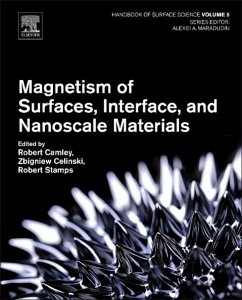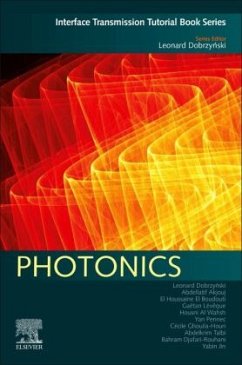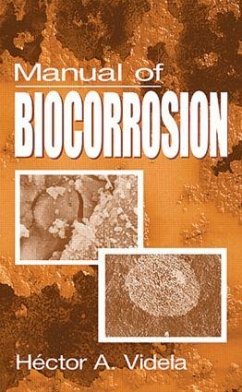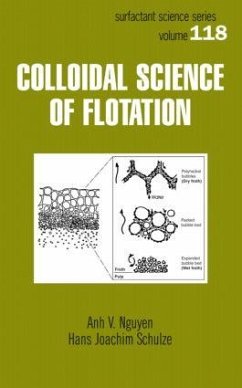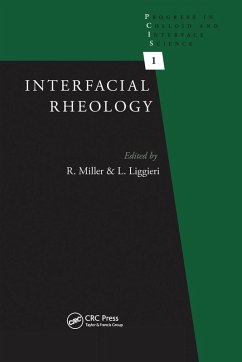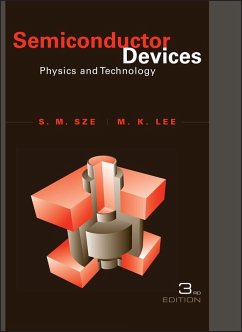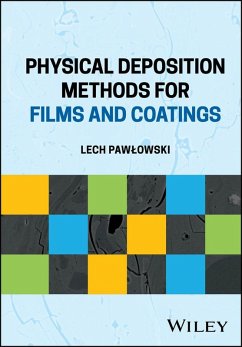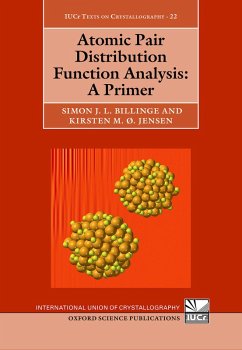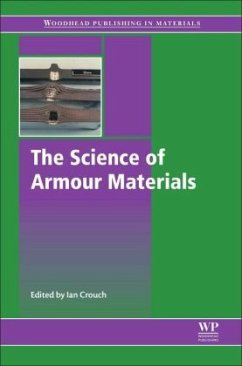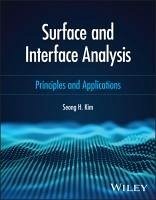
Surface and Interface Analysis
Principles and Applications
Versandkostenfrei!
Versandfertig in über 4 Wochen
119,99 €
inkl. MwSt.
Weitere Ausgaben:

PAYBACK Punkte
60 °P sammeln!
Comprehensive textbook covering characterization techniques to understand the chemistry and structure of materials on surfaces and at interfaces Surface and Interface Analysis is a comprehensive textbook resource that covers everything readers need to know about surface energy, molecular speciation, and optical and physical characterization techniques. Assuming only basic knowledge of general chemistry (electronic orbitals, organic functional groups), physics (electromagnetic waves, Maxwell equations), physical chemistry (Schrödinger equation, harmonic oscillator), and mathematics (wave equat...
Comprehensive textbook covering characterization techniques to understand the chemistry and structure of materials on surfaces and at interfaces Surface and Interface Analysis is a comprehensive textbook resource that covers everything readers need to know about surface energy, molecular speciation, and optical and physical characterization techniques. Assuming only basic knowledge of general chemistry (electronic orbitals, organic functional groups), physics (electromagnetic waves, Maxwell equations), physical chemistry (Schrödinger equation, harmonic oscillator), and mathematics (wave equations, covariance matrix), this textbook helps readers understand the underlying principles of the discussed characterization techniques and enables them to transform theoretical knowledge into applied skills through a Maieutic pedagogical approach. Written by a highly qualified professor, Surface and Interface Analysis: Principles and Applications includes information on: * Relationship between atomic and molecular orbitals and compositional analysis principles based on measurements of photoelectrons, Auger electrons, X-rays, and secondary ions emitted from the surface * Governance of electromagnetic wave propagation in a dielectric medium and what can be learned from analyzing the electromagnetic wave reflected from the interface * Surface metrology using light reflection (non-contact) and scanning probe (contact) and analysis of mechanical properties through indentation * Artifacts and misinterpretations that may be encountered during analysis Surface and Interface Analysis is an ideal textbook resource on the subject for graduate students in the fields of solid state physics, optics, materials science, chemistry, and engineering who want to learn and apply advanced materials characterization methods, along with undergraduate students in advanced elective courses.




